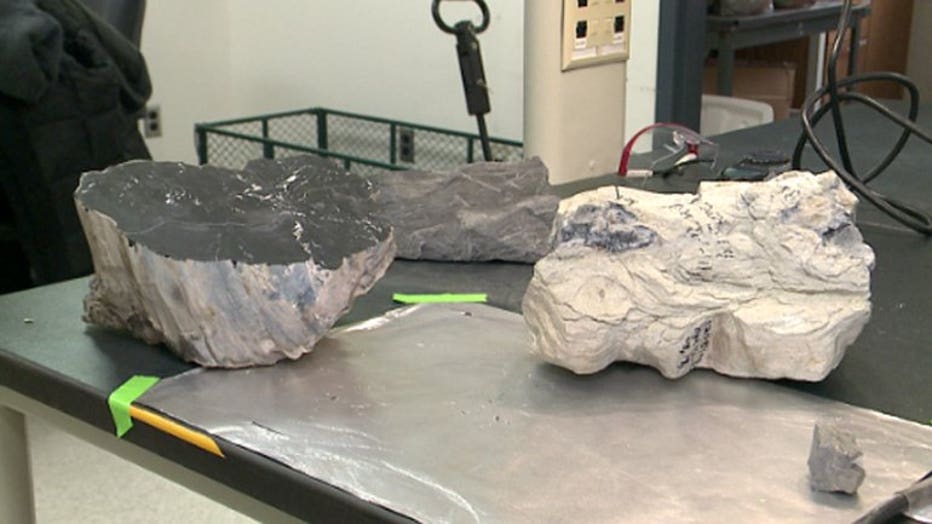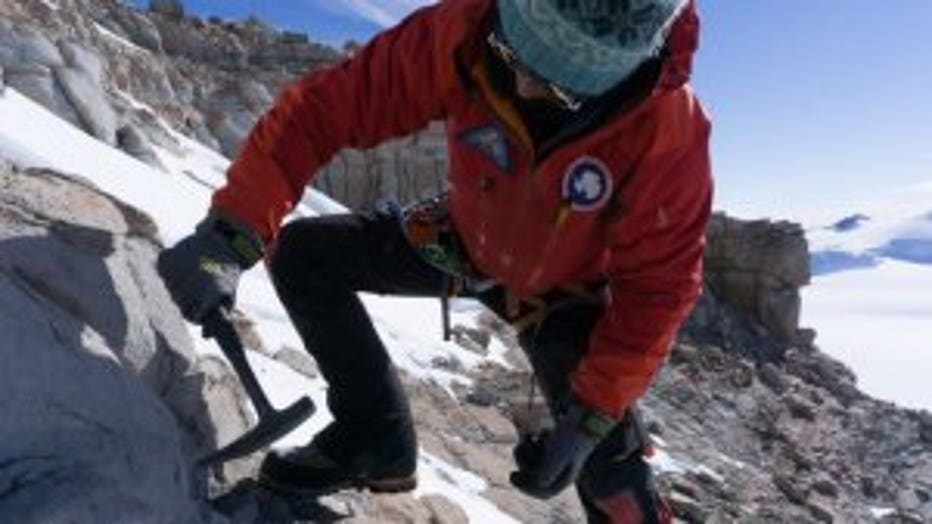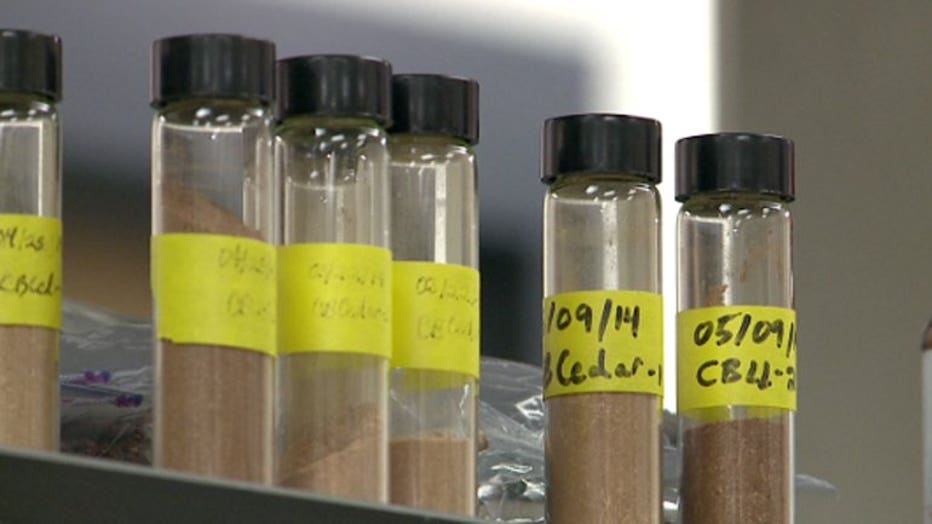'About 250 million years old:' UWM geologists discover fossil forests in Antarctica
MILWAUKEE -- A University of Wisconsin-Milwaukee researcher says Antarctica used to look a lot like Wisconsin does today -- with trees and forests, and he can prove it!
To the untrained eye, it looks like a regular rock.

Erik Gulbranson, Ph.D.
"We found it basically accidentally," said Dr. Erik Gulbranson, assistant professor, UWM Department of Geosciences.
But Dr. Gulbranson believes it holds the key to our past -- and possibly our future.
"It's about 250 million years old," said Dr. Gulbranson.
Dr. Gulbranson and a small team of researchers traveled to the bottom of the world to study life at the South Pole. Buried under the ice and snow, they found 600 pounds of fossilized material -- including trees -- the first found in that part of Antarctica, proving long ago, it looked much different.



Erik Gulbranson, Ph.D.
"The continent must not always have been ice covered. Even at the Southern Pole, 250 million years ago, it was probably a much warmer climate. It wouldn't have looked too different than southeastern Wisconsin," said Dr. Gulbranson.
Scientists believe these trees died some 250 million years ago, when 95 percent of life on Earth went extinct.
"These things were turned to stone in two weeks, often when they are still alive," said Dr. Gulbranson.
Some in the scientific community believe another extinction is coming. If it does, Dr. Gulbranson hopes these fossils will help us prepare.
"And understand what we are up against. That's the biggest thing. Finding out what extinctions mean for us and other organisms we depend on," said Dr. Gulbranson.

Dr. Gulbranson said we shouldn't panic. The last mass extension took place over hundreds of thousands of years, and even though there is proof some species do die off -- scientists also continue to discover new species.
PHOTO GALLERY

